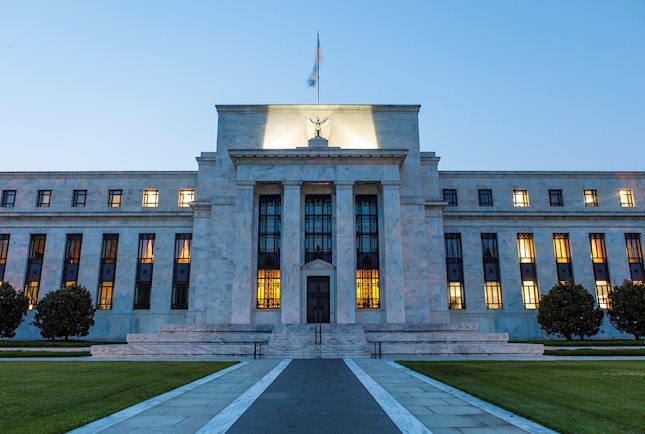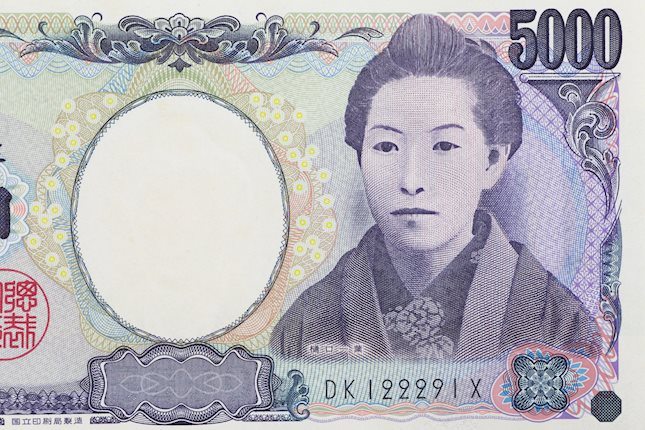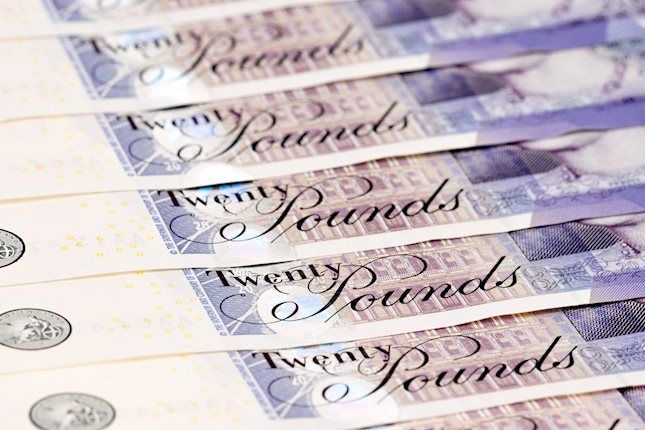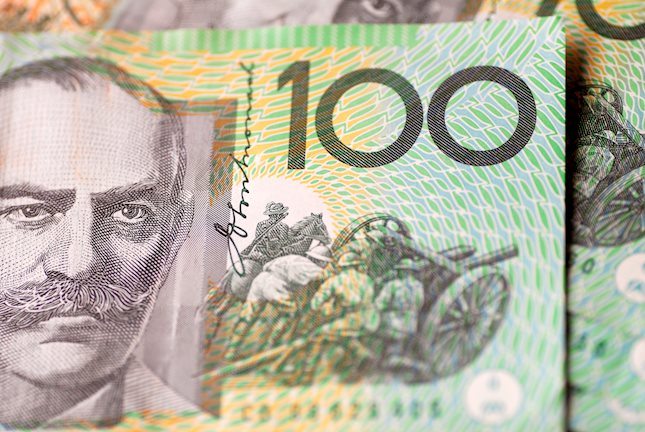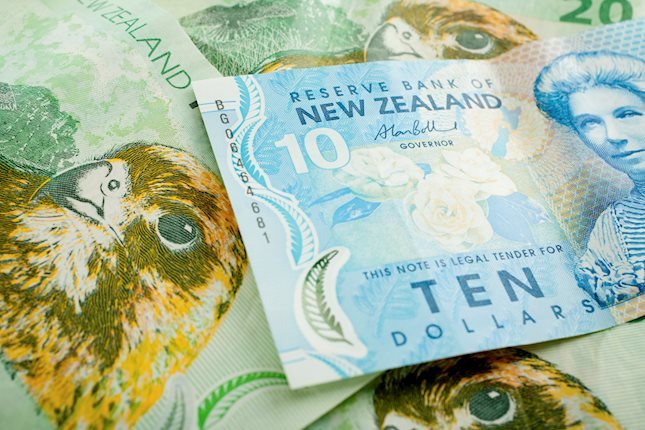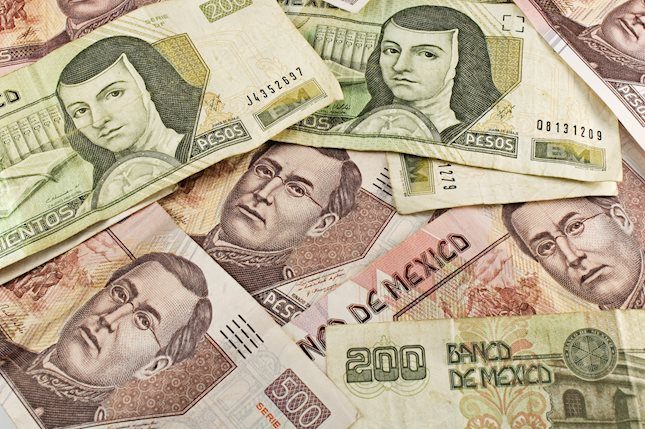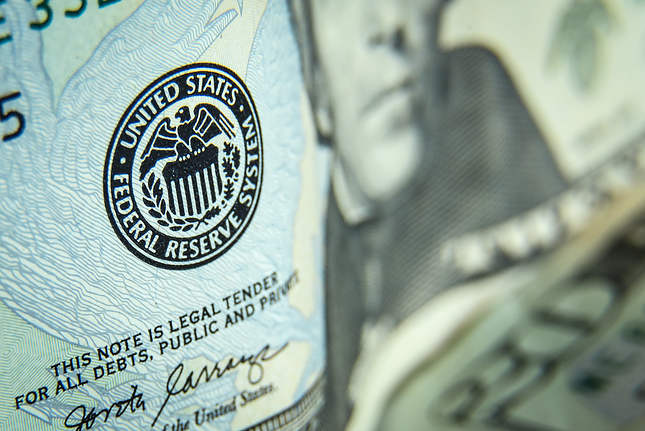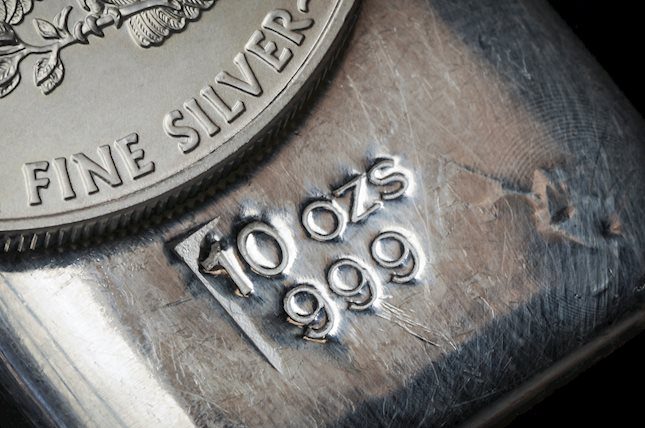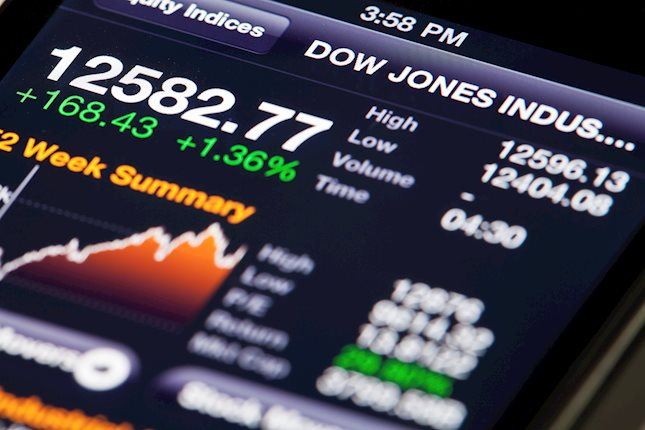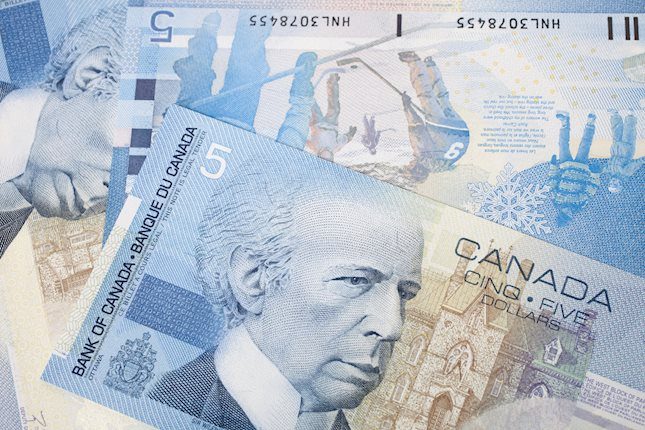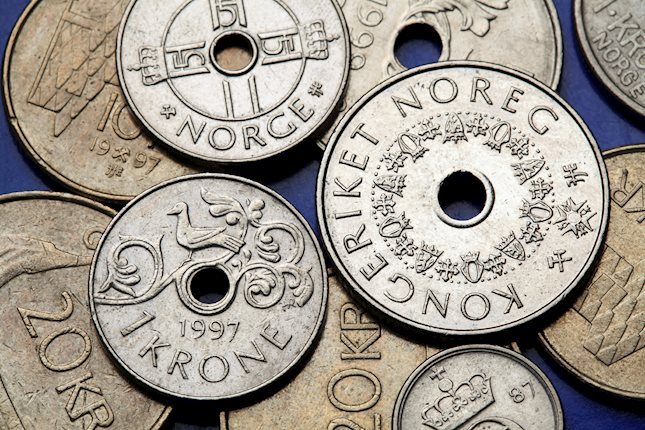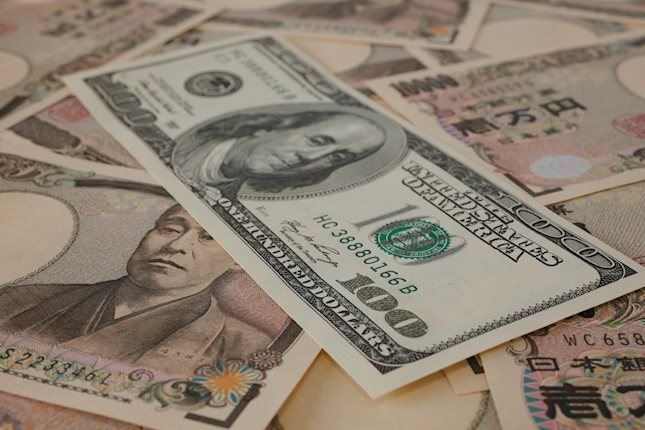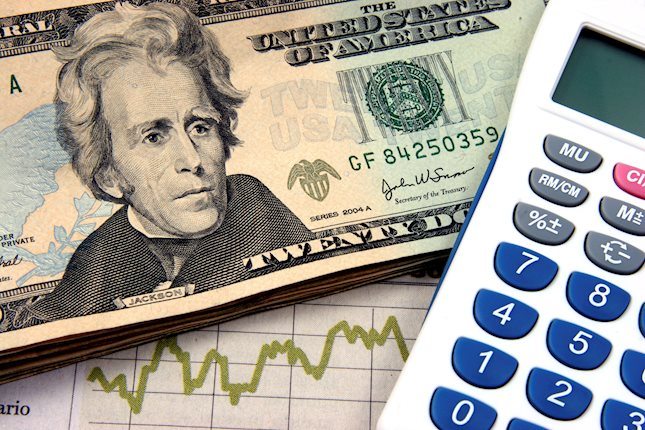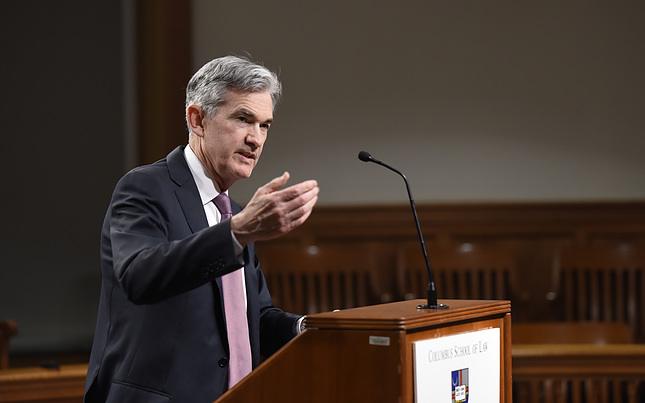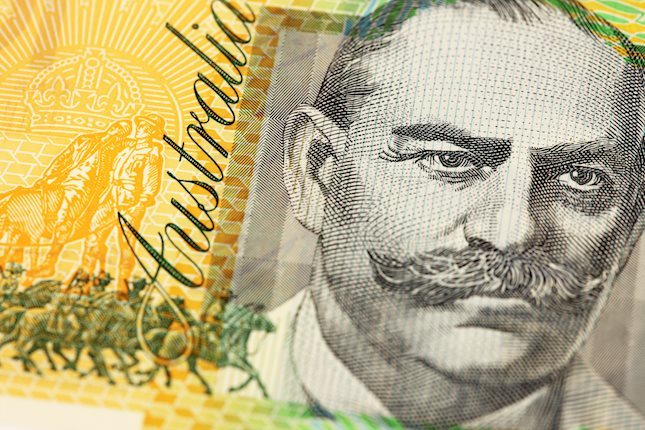Gold price holds steady above $2,335, bulls seem reluctant amid reduced Fed rate cut bets
- Gold price struggles to gain any meaningful traction amid mixed fundamental cues.
- A modest USD downtick lends some support amid persistent geopolitical tensions.
- Traders now seem reluctant ahead of the FOMC meeting and key US macro data.
Gold price (XAU/USD) attracts some buyers near the $2,320 area and turns positive for the third successive day on Monday, albeit the intraday uptick lacks bullish conviction. Investors now seem convinced that the Federal Reserve (Fed) will delay cutting interest rates in the wake of still sticky inflation and the bets were reaffirmed by the release of the US Personal Consumption Expenditures (PCE) Price Index on Friday. This, along with a generally positive tone around the equity markets, turns out to be a key factor acting as a headwind for the safe-haven precious metal.
Meanwhile, the US Dollar (USD) comes under some renewed selling pressure in the wake of a strong rally in the Japanese Yen (JPY) and flirts with a two-week low touched on Friday. Apart from this, persistent geopolitical tensions stemming from the protracted Russia-Ukraine war and Israel-Hamas conflict act as a tailwind for the safe-haven Gold price. Nevertheless, the mixed fundamental backdrop warrants some caution before placing fresh directional bets around the XAU/USD ahead of the crucial FOMC meeting and key US macro data, including the Nonfarm Payrolls (NFP) report.
Daily Digest Market Movers: Gold price draws support from weaker USD, lacks follow-through buying
- The US Bureau of Economic Analysis reported on Friday that the Personal Consumption Expenditures (PCE) Price Index rose 0.3% in March, while the yearly rate climbed to 2.7% from 2.5% in February, beating estimates for a reading of 2.6%.
- Meanwhile, the core PCE Price Index, which excludes volatile food and energy prices, held steady at 2.8% as compared to 2.6% anticipated, reaffirming hawkish Federal Reserve expectations and exerting pressure on the non-yielding Gold price.
- Further, Israel-Hamas peace talks in Cairo fuel optimism about the de-escalation of tensions in the Middle East, which further boosts investors' appetite for riskier assets and contributes to driving flows away from the safe-haven precious metal.
- That said, Ukraine attacked more Russian oil refineries over the weekend and also called on more military aid from the US over worsening conditions on the front lines, keeping geopolitical risks in play and lending support to the XAU/USD.
- Apart from this, evidence that inflation in the US is not easing as initially expected should act as a tailwind for the metal, which is seen as a hedge against inflation, ahead of the crucial two-day FOMC monetary policy meeting starting on Tuesday.
- Investors this week will also confront the release of important US macro data scheduled at the beginning of a new month, including the closely-watched monthly jobs data – popularly known as the Nonfarm Payrolls (NFP) report on Friday.
Technical Analysis: Gold price remains confined in a familiar range as traders seem non committed
From a technical perspective, last week's bounce from levels below the $2,300 mark faced rejection near the $2,352-2,353 confluence comprising the 50% Fibonacci retracement level of the recent pullback from the all-time peak and the 200-hour Simple Moving Average (SMA). The subsequent downfall, however, showed some resilience below the 100-hour SMA and stalled near the $2,320 area (23.6% Fibo. level), which should now act as a key pivotal point. A sustained break below could make the Gold price vulnerable to retesting last week's swing low, around the $2,292-2,291 region, before dropping to the next relevant support near the $2,268-2,265 zone.
On the flip side, bulls need to wait for a move beyond the $2,352-2,353 confluence hurdle before placing fresh bets. The Gold price might then accelerate the positive move towards the next relevant hurdle near the $2,371-2,372 region en route to the $2,400 round figure. The momentum could extend further towards the all-time peak, around the $2,431-2,432 area touched earlier this month.
Gold FAQs
Gold has played a key role in human’s history as it has been widely used as a store of value and medium of exchange. Currently, apart from its shine and usage for jewelry, the precious metal is widely seen as a safe-haven asset, meaning that it is considered a good investment during turbulent times. Gold is also widely seen as a hedge against inflation and against depreciating currencies as it doesn’t rely on any specific issuer or government.
Central banks are the biggest Gold holders. In their aim to support their currencies in turbulent times, central banks tend to diversify their reserves and buy Gold to improve the perceived strength of the economy and the currency. High Gold reserves can be a source of trust for a country’s solvency. Central banks added 1,136 tonnes of Gold worth around $70 billion to their reserves in 2022, according to data from the World Gold Council. This is the highest yearly purchase since records began. Central banks from emerging economies such as China, India and Turkey are quickly increasing their Gold reserves.
Gold has an inverse correlation with the US Dollar and US Treasuries, which are both major reserve and safe-haven assets. When the Dollar depreciates, Gold tends to rise, enabling investors and central banks to diversify their assets in turbulent times. Gold is also inversely correlated with risk assets. A rally in the stock market tends to weaken Gold price, while sell-offs in riskier markets tend to favor the precious metal.
The price can move due to a wide range of factors. Geopolitical instability or fears of a deep recession can quickly make Gold price escalate due to its safe-haven status. As a yield-less asset, Gold tends to rise with lower interest rates, while higher cost of money usually weighs down on the yellow metal. Still, most moves depend on how the US Dollar (USD) behaves as the asset is priced in dollars (XAU/USD). A strong Dollar tends to keep the price of Gold controlled, whereas a weaker Dollar is likely to push Gold prices up.
Forex News
Keep up with the financial markets, know what's happening and what is affecting the markets with our latest market updates. Analyze market movers, trends and build your trading strategies accordingly.

